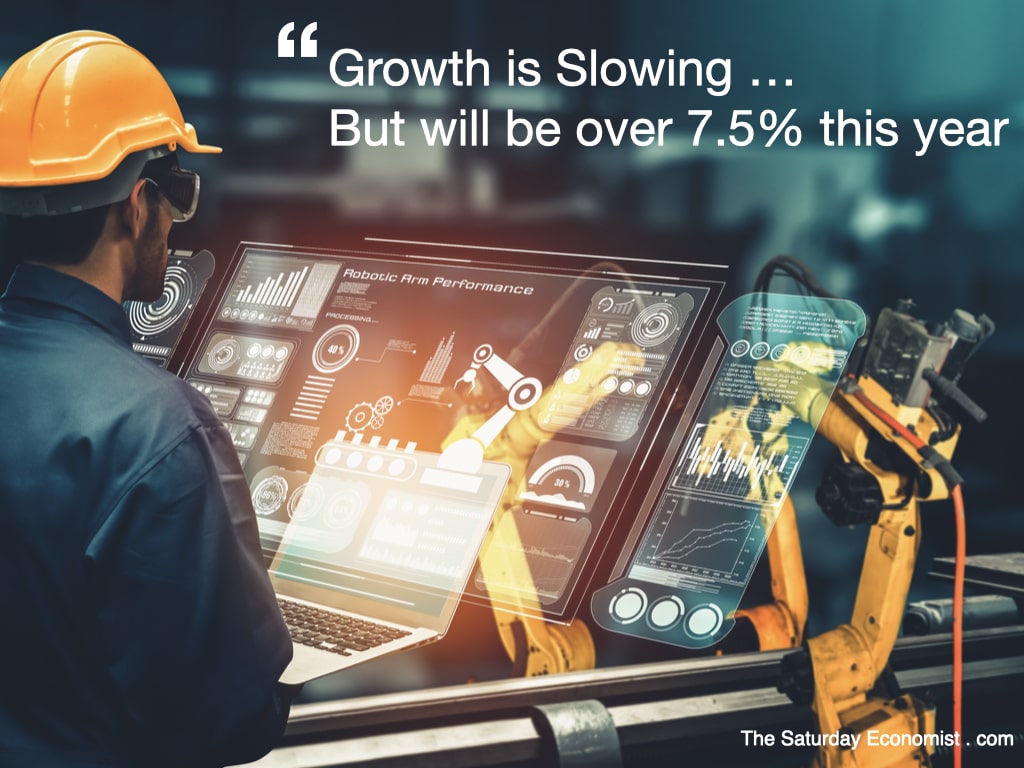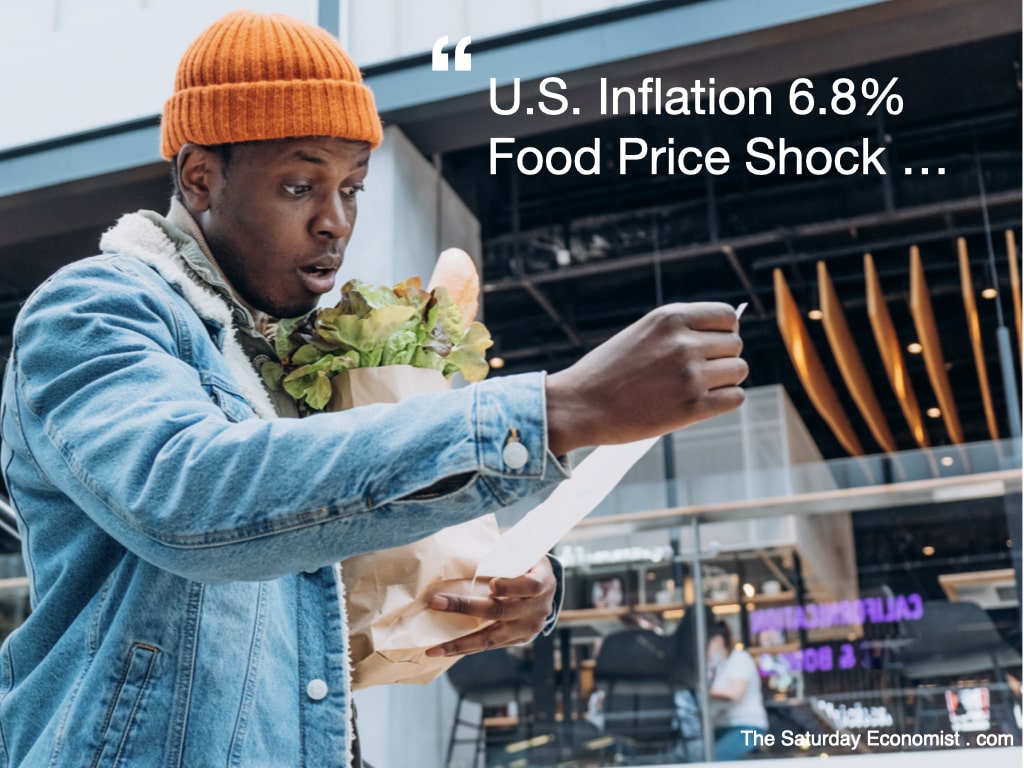|
It was a week which started off pretty well. The PMI Markit Flash Forecast for December, suggested the rate of growth was slowing towards the end of the year. The headline index closed at 53.2 from 57.6 prior month.
A slowdown, yes but still well into positive territory. Concerns were rising about tighter pandemic restrictions and greater business uncertainty. Manufacturing activity appeared to be the better performer, compared to the challenges in the service sector. On Tuesday, the Labour Market Statistics were released. Concerns had been expressed about the shock to the jobs market once the furlough scheme came to an end. Fears were, of an increase in redundancies and job losses, with an escalation in the unemployment rate towards 5%. The Chancellor planned a trip to California, just in case the headlines were too intense. The reality was quite different, Vacancies in the economy increased.. The unemployment rate fell. The number of people unemployed fell to 1.4 million. There were 1.2 million vacancies in the economy. In the Goldilocks scenario, average earnings, excluding bonus pay, slowed to 4.3%. Goldilocks' three bears might suggest the economy is in danger of over heating. It was a message the Bank of England could not ignore. On Wednesday, the inflation data for November was released. Producer output prices increased to 9.1%. Manufacturing input costs increased to 14.3%. The largest contributor to the price hikes was petroleum costs. Chemicals, metals and machinery also featured. Oil prices Brent Crude basis averaged $81 dollars in the month, compared to $43 dollars last year. Petroleum products (excluding duty) were up 86% in November. No real surprise there. CPI inflation jumped to 5.1%. Consumer goods inflation increased to 6.5%. Electricity, gas and other fuels increased by over 23%. Second hand car prices leapt by 27%. Furniture prices were up by 11%. Household appliances were up by 6%. Central bankers became less convinced that inflation is always and everywhere a transitory phenomenon. In the U.S., the Fed determined to stop buying bonds and mortgage backed securities in March next year. In the U.K., the MPC voted to increase base rates by 15 basis points. The rate hike in December was a surprise. The first increase pre Christmas for over fifty years at least. So what happens next? In our Friday Forward Guidance we outline the possibility of two or three rate hikes next year in the U.S. and the U.K. Inflation pressures will ease into the second half of the year as oil price comparisons dissipate. Concerns will rise about the ability to develop monetary policy to curb inflation without creating a recession. Larry Summers writing in the Washington Post has already begun the process. "There have been few, if any, instances, in which inflation has been successfully stabilized without recession" he warns. Concerns are rising about the impact of the Omicron variant. Despite assurances from the Prime Minister, the possibility of a lock down may gather momentum into the New Year. The hospitality sector is already feeling the impact of Chris Whitty's warnings to cut back on social events and think about with whom they would like to spend the time. So a week of surprises to end the year. Tories lost the North Shropshire by-election. Boris Johnson is drinking in the last chance saloon, according to Sir Roger Gale, the MP for North Thanet. Perhaps the Prime Minister will get more time to spend in Peppa Pig World next year. Senior backbenchers believe he has a year to sort himself out ... or dig deeper ...
0 Comments
The latest ONS estimate for GDP growth was released this week. Data for October suggested the economy was slowing down. "Construction slowdown holds back recovery" the headline in the Times. It was a similar story in manufacturing.
The data revealed, the economy grew by just 0.1% in October compared to 0.5% prior month. Construction and manufacturing sectors were hit by supply chain problems and rising material prices. Should we be concerned? Earlier in the week, PMI Markit data for the construction sector reported the fastest rise in construction output for four months in November. The headline index increased to 55.5 in the month up from 54.6 in October. The index has been in positive territory for ten consecutive months. The bounce back was led by robust rise in commercial work. Supply delays continued to increase but cost inflation dipped to a seven month low. Looking at the ONS data more closely, we prefer to analyze the year on year rate of growth. It's a house style. We also model GDP(O) primarily. It's more akin to business modelling as opposed to theoretical expenditure and income models. Compared to prior year, year on year growth in October was up by 4.6%. Service sector growth was up by 5.4%. The transport sector was up by 9.5%. Construction was up by over 3%. Manufacturing growth was up by just 1.3%. For the year as whole, we still expect growth of over 7.5% this year and around 5.5% next year, assuming no widespread shock from additional anti omicron measures. The service sector will increase by 5.9% this year. Manufacturing will be up by 4.3% and construction output will be up by almost 20%. You can download the TSE UK Forecast December Slide Deck using the link. It's a sort of Christmas treat! Businesses, especially in hospitality, travel and leisure are concerned about the impact of Plan B on activity into the New Year. Markets are convinced the December rate rise that never was, will now never take place. Sterling closed up. U.K. bond yields closed down. Why? Don't miss our Monday Morning Markets update. "Any explanation is better than none" Nietzsche. Markets were braced for a rise in U.S. inflation. November data revealed a near forty year high. The headline CPI rate increased to 6.8%.
New car prices increased by 11%. There were significant hikes in energy and gas costs. Prices were rising in household furniture and appliances. Fast food prices were up by 8%. The core measure of inflation and food was up by 4.9%. Inflation is widespread in many sectors. In our work, we make much of the seismic shock to the economy. The tectonic plates of demand and supply shifted out of balance, causing supply shortages and escalating material costs. In the US, the economy has also been subject to a Tsunami of dollar waves from cash injections into US households. The boost to domestic incomes has boosted the demand for goods. This "helicopter money" has created the Tsunami of dollar waves following the tectonic shift in supply and demand. Inflation is rising higher than we expect to be the case in the UK. We will find out more on this next week! The Fed has retired the word "transitory" from the central bank vocabulary. Powell is under pressure to get the policy and messaging right. Officials have had to accept their expectations for inflation have missed the mark. As we explained in this week's Friday Forward Guidance, the Fed is expected to accelerate "tapering". We now expect the process to be completed by the end of the second quarter. This would leave the way open for two rate rises at least, before the end of 2022. Markets are accepting the process of monetary tightening is underway. For the moment, there appears to be no prospect of a "taper tantrum". G-7 finance leaders will meet on Monday to discuss rising inflation and the appropriate central bank reaction function. The focus of policy is moving away from protecting jobs, to protecting standards of living and curbing the rise in prices. It may well be a coordinated move to push rates higher. Travel plans for 2022 may include the escape from Planet ZIRP. Cancellation insurance always advisable ... Service sector growth hit a five year high in November, according to the latest data from IHS Markit /CIPS. The survey highlighted another round of rapid cost inflation, driven by higher fuel prices, wages and utility bills. Prices charged by service providers, also increased at the fastest rate since the survey began in 1985.
It was a similar story in the manufacturing sector. Output increased to a three month high. Production, new orders, employment, stock purchases, all had a positive influence. Output increased for the eighteenth month running. Domestic order flows and stock building boosted output. Manufacturers faced a "challenging environment" it was said. Stretched supply chains disrupted production schedules. Lead times increased. Cost prices increased to the "greatest extent in the 30 year history" of data collection. Order flows were up, determined by strong domestic market conditions. Export orders books were lower. Weaker demand from China impacted. Disruption to trade with the EU resulted in some cancellation of orders. Despite fears of a slow down in the economy, we still expect growth of 7.5% this year and around 5.5% growth in 2022. Inflation CPI basis is expected to rise to 5% by the end of the year. CPI goods inflation is already at 4.9%. Manufacturing input costs increased by 13% in November. Output costs were up by 8%. It may get a bit worse before it gets better. The good news, oil prices have fallen back significantly. Oil closed at $70.39 this week. The inflationary impact of higher prices will ease into the second quarter next year. Gas prices are down by 40% from peak. Iron ore and lumber prices are down 50%. Aluminum prices down 20%. Copper prices down 10%. Shipping rates to the U..S. West coast from China have fallen back by almost 30% in September, to around $14,500 dollars. Inflation is always and everywhere a transitory phenomenon. Sometimes it takes a little bit longer to pass through. Inflation levels will ease into 2022 but we expect levels to remain above target, even by the end of next year. Sterling closed lower against the dollar at $1.3236. This will only increase the short term cost pressure for manufacturing. Our forecasts for domestic demand and growth remain resilient. The prospects for truly global Britain not quite so good. Free trade deals with the rest of the world will open up the domestic market to increased competition. The latest data suggests no significant shift in the pattern of export trade. UK export performance has been disappointing, despite the rapid recovery in world trade. Imports have increased with a great share now apportioned to non EU participants. On Friday we released our new "Friday Forward Guidance". This delivers our trilogy of "Friday Forward Guidance", "The Saturday Economist" and "Monday Morning Markets". Club members and Premium subscribers can access the working data sets, including our UK Forecast Pack, on our Flipsnack channel. Since we pressed send on our Friday missive, Michael Saunders of the MPC has suggested there will be no rate rise in December. No surprise there. When we pressed send on Monday, we warned of Bitcoin vulnerability. Prices hit $44,000 dollars yesterday from the $67,000 dollar peak in November. Don't miss our Monday Morning Markets update next week. "Markets are madder than ever", warns Charlie Munger, the 97 year old vice chairman of Berkshire Hathaway. "It's now even crazier than the dotcom boom." As for Cryptocurrencies "I wish they had never been invented". "I just can't stand participating in these insane booms." Don''t even ask Charlie about NFTs ... Data Sources: IHS Markit/CIPS UK Services PMI® Business Activity Index IHS Markit/CIPS UK Manufacturing PMI® Business Activity Index |
The Saturday EconomistAuthorJohn Ashcroft publishes the Saturday Economist. Join the mailing list for updates on the UK and World Economy. Archives
July 2024
Categories
All
|
| The Saturday Economist |
The material is based upon information which we consider to be reliable but we do not represent that it is accurate or complete and it should not be relied upon as such. We accept no liability for errors, or omissions of opinion or fact. In particular, no reliance should be placed on the comments on trends in financial markets. The presentation should not be construed as the giving of investment advice.
|
The Saturday Economist, weekly updates on the UK economy.
Sign Up Now! Stay Up To Date! | Privacy Policy | Terms and Conditions | |




 RSS Feed
RSS Feed